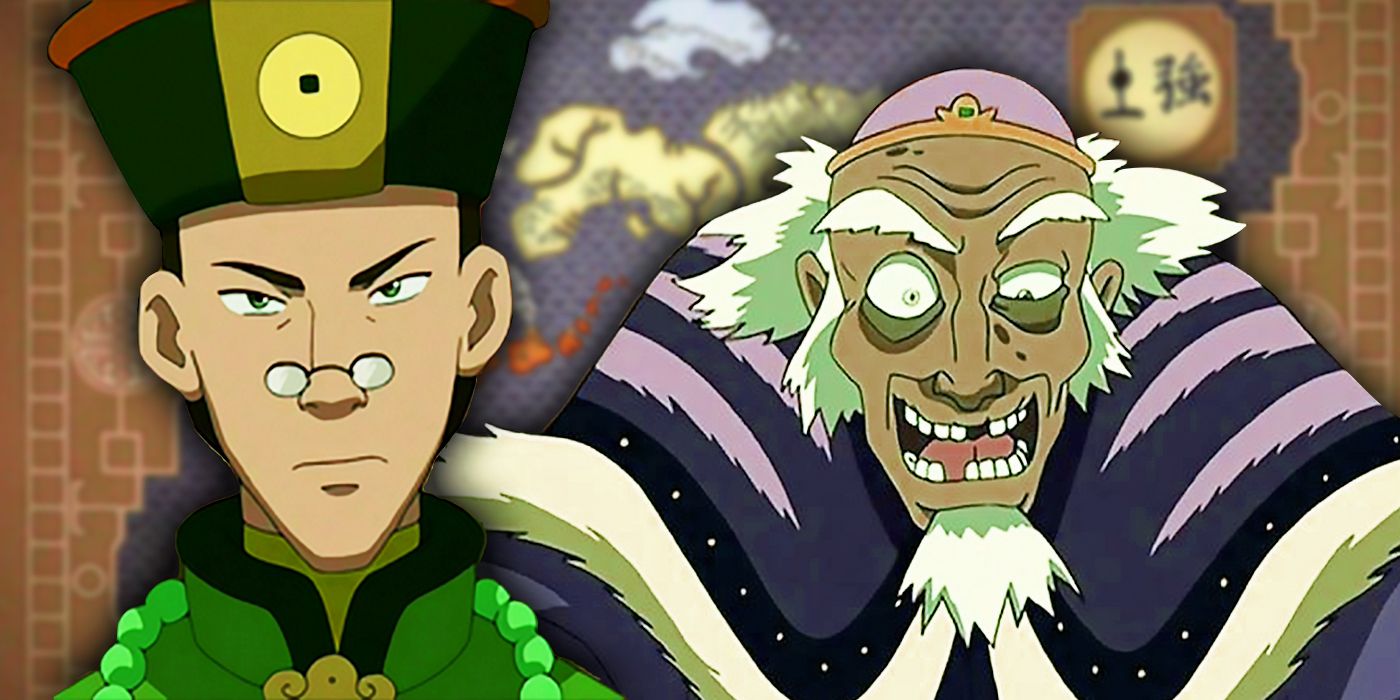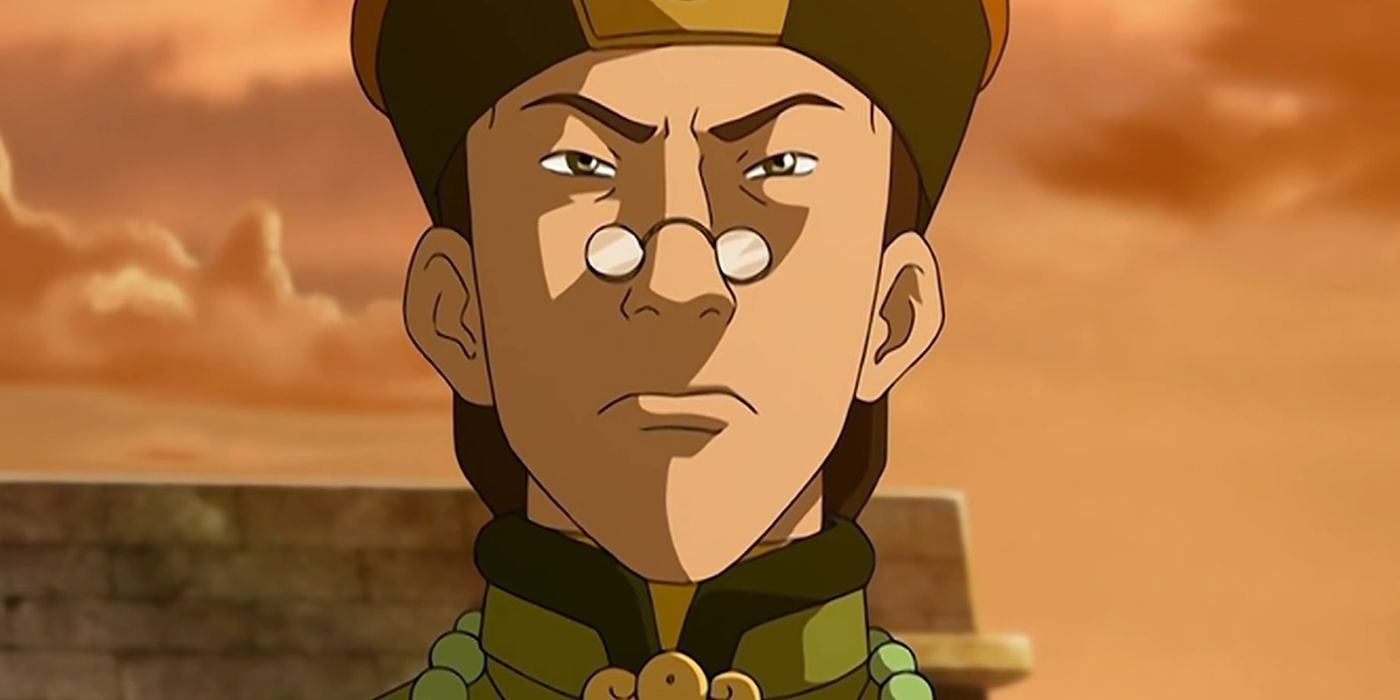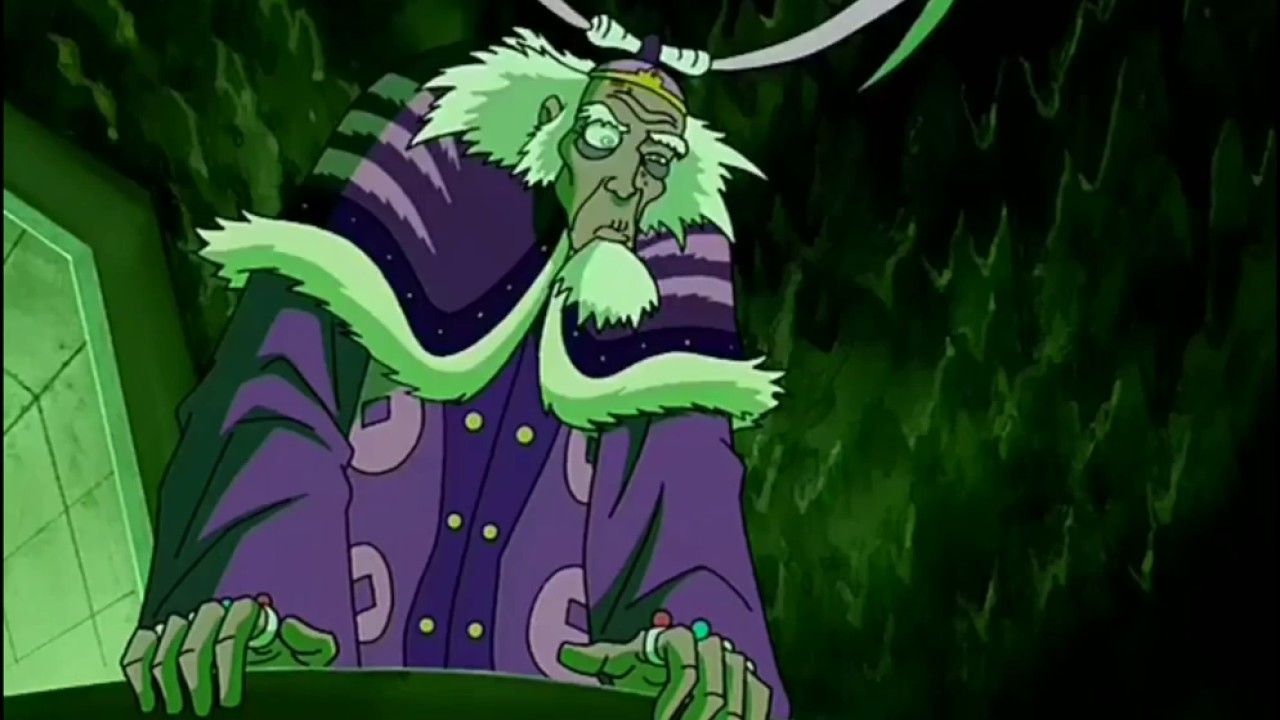Avatar: The Last Airbender's the opening narration painted a broad picture of the world that steadily filled in with details as the heroes explored it. While the audience knew of the Four Nations and the basics of what they were like, it was not until the fifth episode, "The King of Omashu," that there came a larger gesture at the civic structure of places like the Earth Kingdom. But the King of Omashu wasn't the Earth King, and even by the end of the original series there was no explanation as to why that was. The world of Avatar has grown quite a lot since then, however, and the history of the Earth Kingdom is one of its most fascinating corners.
While the original series delved into little of the history itself, the supporting backstory and subsequent insights explain the unique and fascinating history behind the Earth Kingdom. As the largest of the Four Nations, the Earth Kingdom was always difficult to unify under a single umbrella of power. In fact, the sheer diversity of culture is a quality of the Earth Kingdom that dates all the way back to before the nation ever formed.
Unlike the Air Nomads or the Fire Nation, where a single way of life ultimately prevailed, the Earth Kingdom was so expansive that many groups dominated in different areas of the continent. Ba Sing Se grew from the miners and traders that commodified the beautiful stones of the Crystal Catacombs, and natural defenses provided by the Taihua Mountains allowed it to flourish into the historic many-walled city it would become. But elsewhere in the Earth Kingdom other groups flourished as well.
Two powerful Earthbenders known as Oma and Shu eventually united their opposing villages after Shu's death, forming Omashu. Elsewhere, there were earthbending nomads that formed the Si Wong tribes with their unique art of sandbending helping them survive the harsh climate and distant, strategically unimportant villages like Yokoya Port drifted off into their own cultures with little resemblance to Earth Kingdom custom.
When the Earth Kingdom finally unified in Ba Sing Se, with one sovereign crowned as the Earth Monarch after a series of wars, even still unity was hard to come by. With such an expansive and diverse kingdom to oversee, the first Earth rulers tolerated other minor monarchs retaining their titles of power, such as the local rulers of Omashu. Governors were instituted by the Ba Sing Se monarchy throughout the Kingdom to help maintain order, collect taxes and oversee the enforcement of laws, resulting in a functionally aristocratic class of bureaucrats and nobles that navigated an endless array of red tape, bribes and betrayals that defined the Kingdom for generations to come. Ruling the Earth Kingdom is complicated business, and such complications leads to multiple rulers.
Still, taking a step back, the civic structure looks a lot more clear. At the very top is the Earth King in Ba Sing Se, overseeing the entire government at one degree or another dependent on how active a role they play in politics. Beneath them are minor monarchs like King Bumi who hail from a long tradition of power, masters of their domain but still ultimately loyal to the Earth King. And then beneath that are an array of governors, nobles and sages that see to more of the day to day realities of the kingdom's citizenry.



